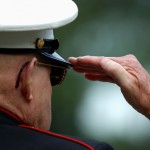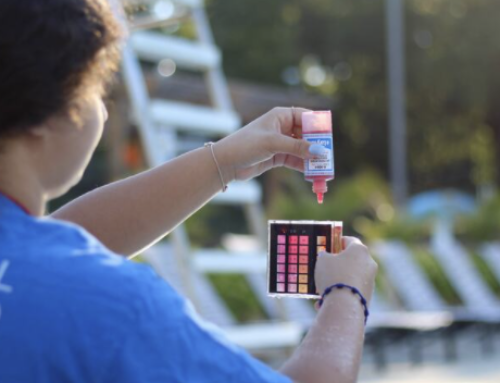It’s easy to forget how much the men and women serving in the Armed Forces sacrifice in the line of duty, just as it’s hard to tell how resilient soldiers can be. However, certain events emerge to remind everyone the lengths that servicemembers will go to protect their country and recover after an injury.
The Warrior Games is an annual event that gives wounded veterans the chance to showcase their training efforts, and after months of training and competitive trials – and years of grueling recovery – the wounded veterans participating in events like archery, cycling and swimming are well-underway. In fact, the age-old battle of Army versus Navy is playing out in the pool with the land-locked soldiers surging ahead in the medal count.
Overcoming adversity
As one of the most visible programs within the U.S. Army’s Warrior Transition Command, which oversees wounded soldiers’ transitions back into civilian life, the Warrior Games were first held in 2010. Since the inaugural event, every branch of the military has been represented by servicemembers wounded in battle. Some have lost limbs, while others contend with neurological issues.
The extent and variety of the veterans’ injuries make the swimming events one of the most popular and hotly contested parts of the Games. Contrary to popular opinion, though, when the Army and the Navy squared off in the pool, it was the latter that came out on top.
Twenty-six Army soldiers medaled at the 2014 Warrior Games, as opposed to only 11 Navy servicemembers – including Marines and soldiers from U.S. Special Operations Command.
“Being able to come here today and represent the Army in swimming meant a lot to me,” retired Maj. Raymond O’Donnell, gold medalist in the 50-meter freestyle and 50-meter backstroke, and silver medalist in the 100-meter freestyle and 50-meter breaststroke, told the Army. “It shows how far I’ve progressed. I’ve come full circle since having much of my body rebuilt.”
O’Donnell’s lower body was severely injured when his Humvee was attacked while on patrol in Afghanistan several years ago. After receiving several prosthetics implanted through lengthy procedures, O’Donnell says that he’s finally starting to feel like himself again.
The Warrior Games are a crucial part of the WTC’s adaptive reconditioning program aimed at helping wounded soldiers make a smooth transition back to civilian life or active duty. Swimming is one of the best low-impact ways injured servicemembers can participate in physical activity that improves their cognitive and emotional well-beings. Pool management can adapt these ideas to their own facilities through aquatic exercise programs for elderly patrons or people recovering from surgeries.
While the Warrior Games offer wounded veterans a competitive aspect to their recoveries, the WTC also works with soldiers outside of athletic events. However, a few hundred soldiers are selected every year to participate in trials leading up to competitions like the Warrior Games.
The Warrior Games concluded October 4 with a closing celebration at halftime of the annual Navy-Air Force football game at the Air Force Academy in Colorado Springs, Colorado. The Army won the Chairman’s Cup with 23 gold, 27 silver and 21 bronze medals.





